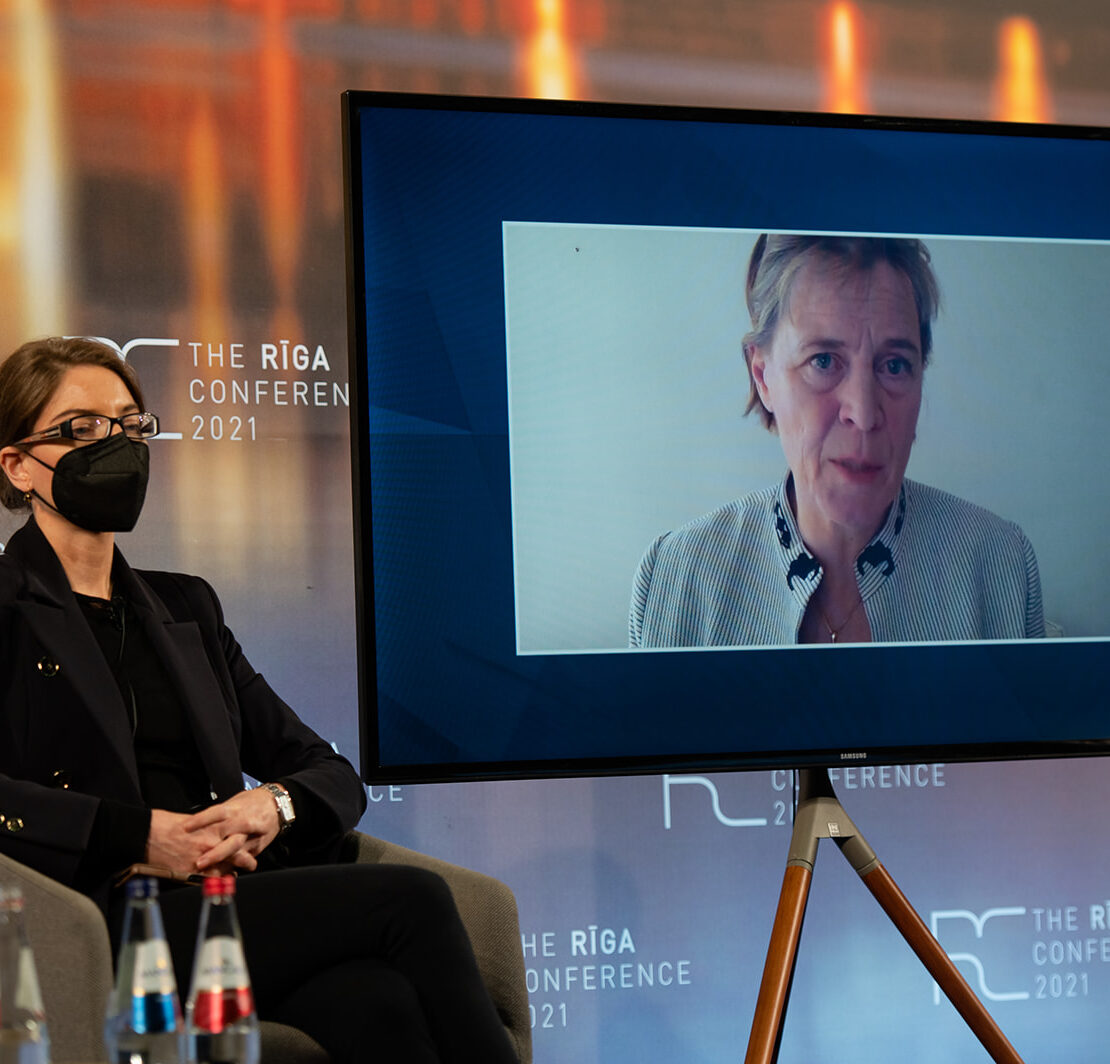Participants:
Michael McKinley, Non-Resident Senior Adviser, Americas Program at the Center for Strategic and International Studies
Kate Clark, Co-Director and Senior Analyst Afghanistan Analysts Network John Manza, Assistant Secretary General for Operations, NATO
Dr. Ellinor Zeino, Director Regional Programme Southwest Asia at Konrad Adenauer Stiftung
Moderator: Vygaudas Ušackas, Former Minister of Foreign Affairs; Former Ambassador of the European Union to the Russian Federation and Afghanistan
There is no clear future for Afghanistan, but what went wrong? After twenty years of a counter-insurgency doctrine the consensus about what went wrong is the following. First, the campaign in Afghanistan was disinterested, it was not a vital interest for the US or allies – it was a peripheral interest. The democracy campaign was simply not sustainable. Second, the goals have to be realistic tied to the level of interest as well as the absorptive capacity of the country in question. Afghanistan was not a maintenance culture that significantly decreased the efficacy of the campaign. The lesson learned immediately is that the US and allies should be careful in the sunk cost fallacy when committing to nation-building, and not go so deep, as not only does a campaign need investment, but it needs to be protected by more investment. Goals on governance, social rights, education are also probably not achievable, and the message needs to be clearer.
Another discussant highlights the problem of staying in their respective lanes. There should be no reason why NATO military officers were helping with Afghanistan’s farming strategies and implementation, but that was the reality. The western social agenda should also not be pushed onto others, like pushing a policy on them where eight percent of military and police force were women – a goal they were not prepared for. The women, for example were just unprotected and badly abused.
A discussant highlights that the main lesson is that the US and partners entered Afghanistan hastily under an astonishing level of ignorance. They worked with factions and leaders that had committed war crimes. The country welcomed the fall of the Taliban and foreigners were welcome in 2001, and the idea of there being a Taliban was a mistake – there was a misassumption of the Taliban still wanting to fight the US, leading to arbitrary arrests, torture in CIA blacksites, and the blacklisting of Taliban from participating in politics. Perhaps thousands were arbitrarily detained, this remains unknown. Also, the new allies of the US could turn the US against their old tribal and factional enemies. Eventually and progressively, these bad practices caused the rise of insurgence again. Lastly, the amount of money poured into Afghanistan cemented the seizure of power.
Another discussant states that the main problem was the investment into the wrong reform partners. Much of the leadership had already secured several citizenships and in fact had no stakes in the country, which is why the power transfer was so quick. More pressing, the Taliban was proven right in their political argumentation; they had argued that the government was a puppet regime that would not stand when the international forces left, and their proposition was correct. What could have been improved is by adding religious and conservative societies as partners like mulas, tribal leaders, etc., in the nation-building process. Ultimately, the discussants agree that militarizing the nation-building effort is the overall mistake that made the campaign lose sight of what is important.

